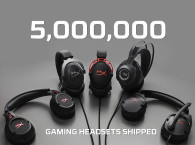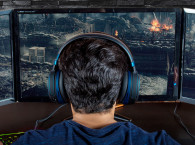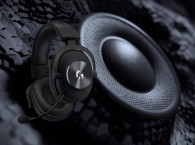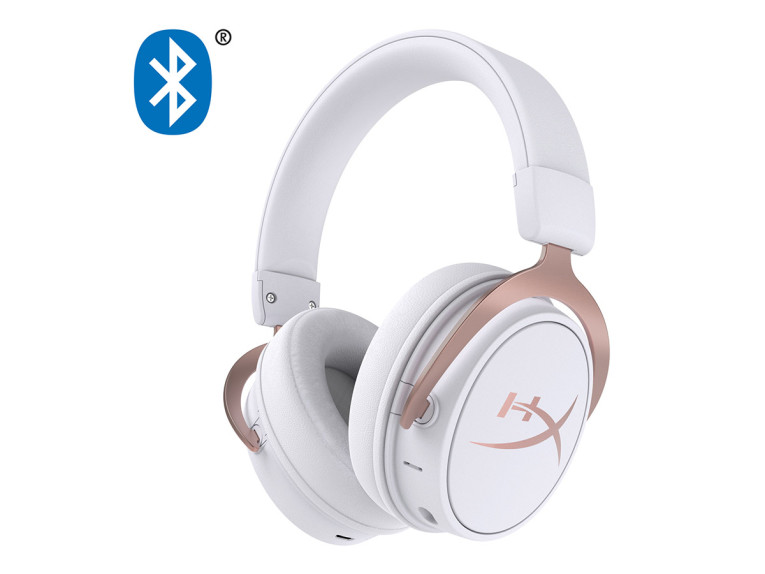
“Gaming headsets remain the most popular product, accounting for almost half of all gaming accessories revenues last year, as use-cases appeal to both console and PC gamers equally,” says Luke Pearce, Research Analyst at Futuresource Consulting. “This recent growth has been driven largely by the huge surge in popularity of the Battle Royale game genre, headed up by Fortnite and PUBG, which saw both new and existing player-bases buying into the market, pushing sales up by 35% in units and even more in value.”
With next-generation consoles anticipated to be released in 2020, consumers are holding back on new headset purchases. However, much of the decline will be offset by a strong gaming PC hardware market and a rapid increase in demand for competitive gaming on mobile.
APAC is the only area likely to experience growth this year, as esports is continuing to drive increases in popularity for PC and mobile gaming. The region will overtake Western Europe to become the second largest in volume terms, behind North America, although it remains comparatively low in terms of retail value.
Improvements in both hardware and mobile infrastructure will continue to boost mobile gaming, especially in emerging markets like China. Its popularity, helped by its convenience, cost and accessibility, is expected to further increase over the forecast period and directly benefit the gaming headset market as consumers seek competitive advantages through improved communication and audio experiences.
“Moving forward, we expect continued strong growth in the market throughout our forecast period,” says Pearce. “Gaming headsets compatible with mobile devices are a key driver of volumes, especially in developing regions, and will account for around one in eight purchases by 2023. Next-generation consoles, tipped for release in 2020, will also continue to propel the market forward. With all this activity, gaming headsets are on track to achieve solid long-term growth in volumes out to 2023.”
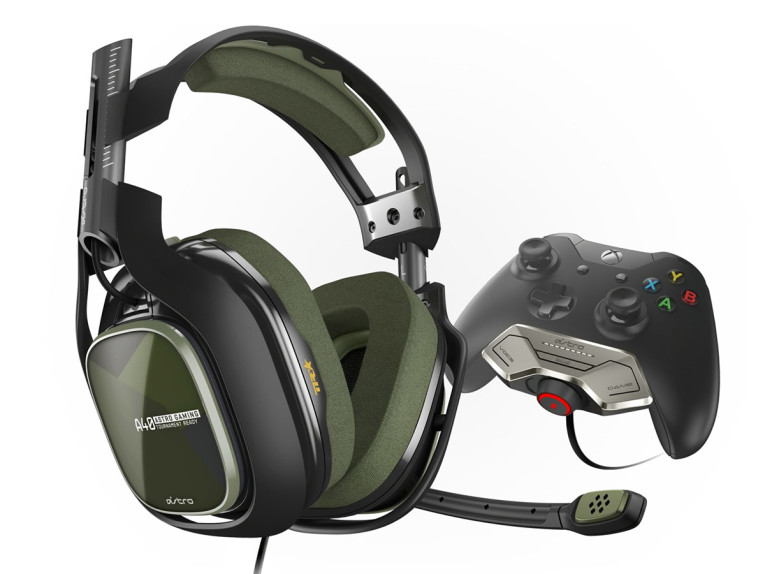
Speakers Gaining Ground
The gaming speakers segment grew 7% in shipments last year, buoyed by overall growth in gaming and dominated by Razer, Logitech and Creative. In terms of value, speakers remain small in comparison to other accessories, as it is in direct competition with computer speakers and the growing success of gaming headsets. Similar growth levels are expected for gaming speakers in 2019. The US takes the largest revenue share, due to a combination of the size of its addressable audience, a high average selling price and a larger than average physical space dedicated to entertainment.
“As increasing numbers of gaming setups feature multiple screens, the lack of space to fit rear speakers has fuelled the demand for soundbars,” says Pearce. “This presents an opportunity for vendors. Soundbars can fit under screens. They are compact and powerful, as well as featuring advanced connectivity and virtual surround sound technology, making them more appealing for immersive gameplay.”
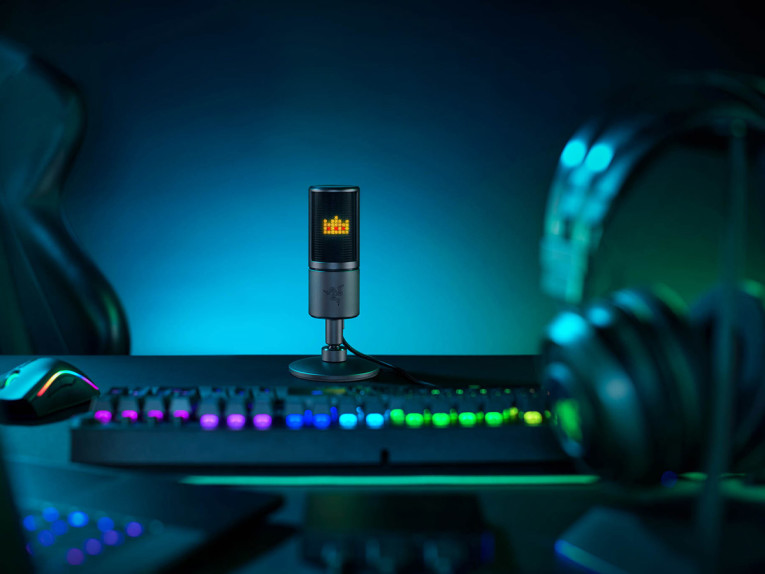
The Futuresource Gaming Headsets and Accessories report assesses the scale and future growth potential of the market, which includes headsets, speakers, mice and keyboards. The competitive landscape of this category is reviewed, alongside the key drivers shaping the development of the market. Market forecasts in units and value are provided for 2017 to 2023. For more information on this report, please get in touch with Leon Morris via email.
www.futuresource-consulting.com


